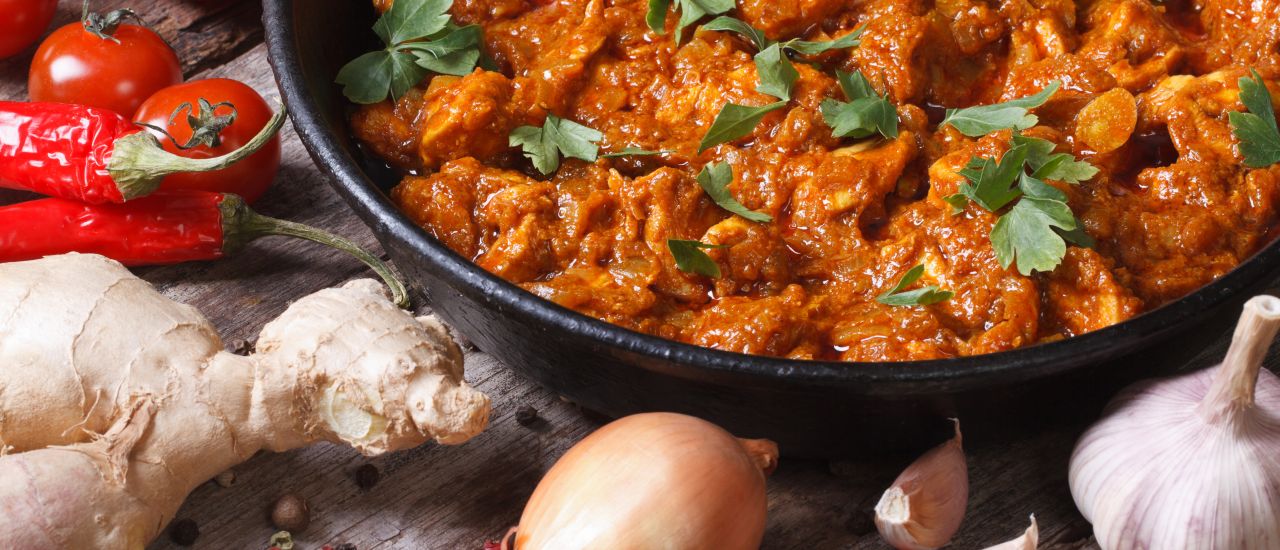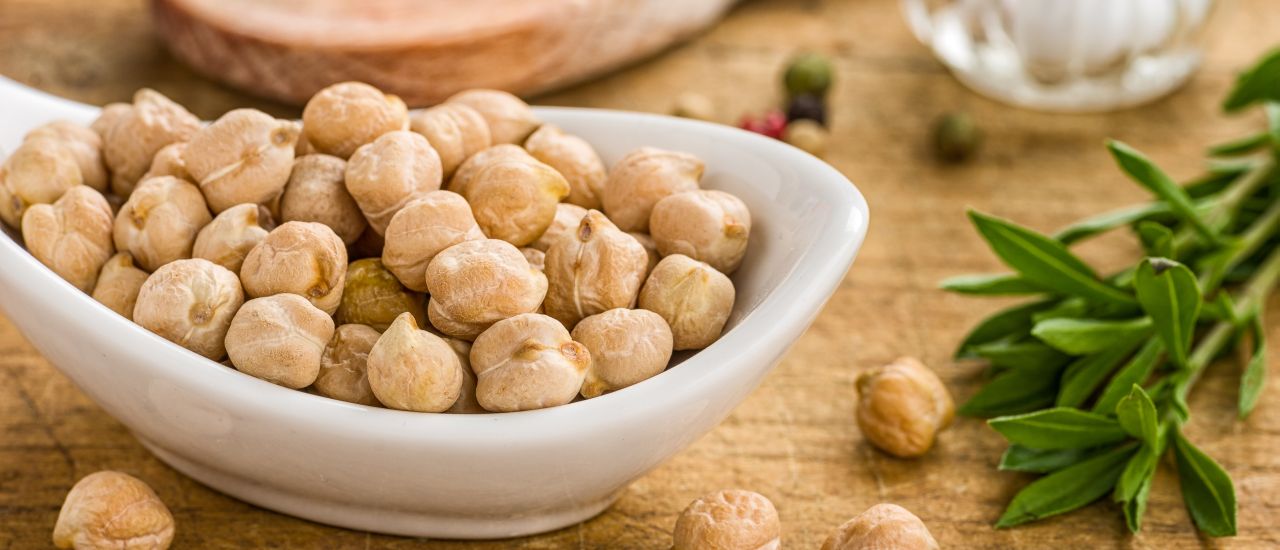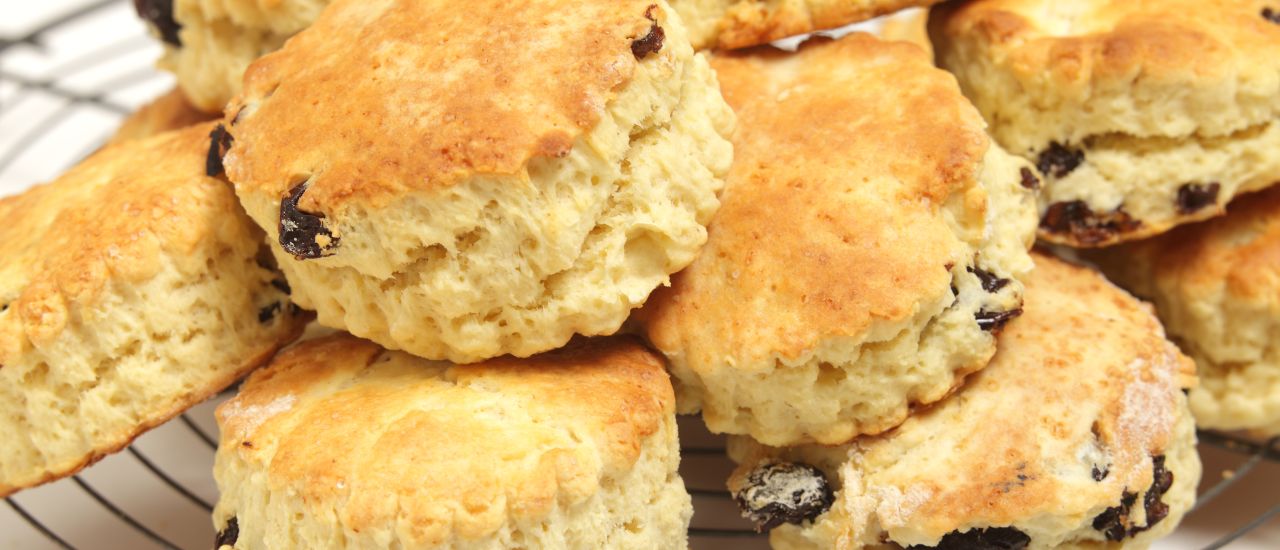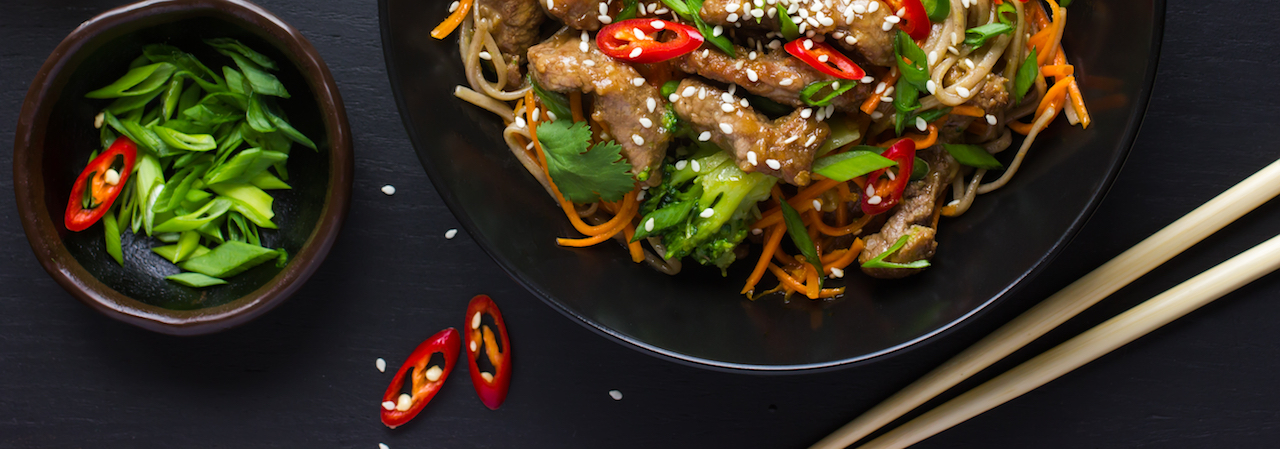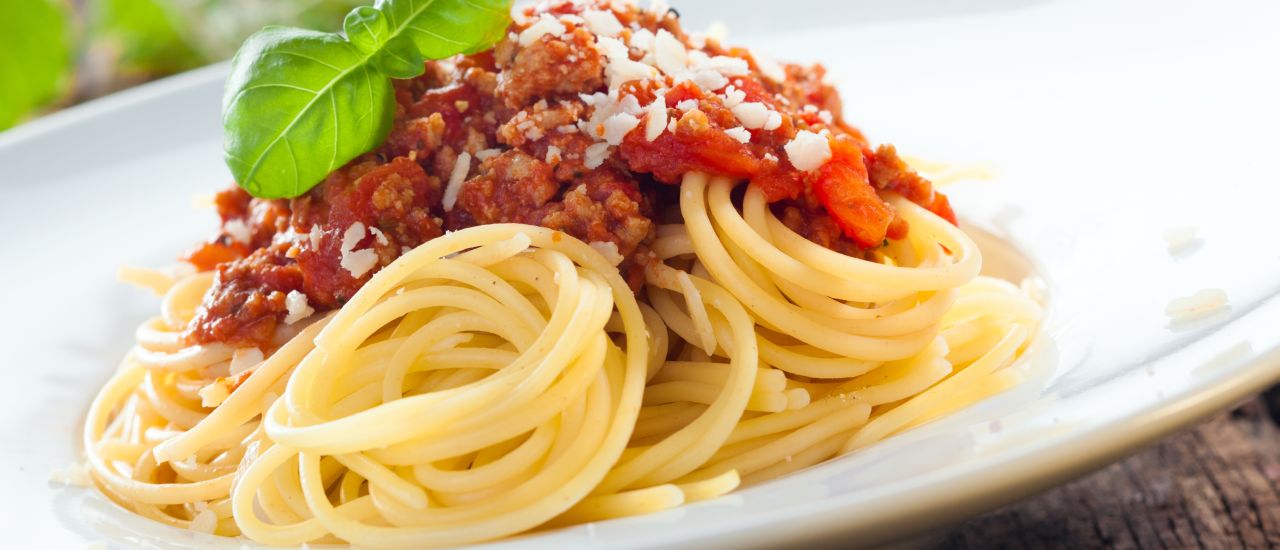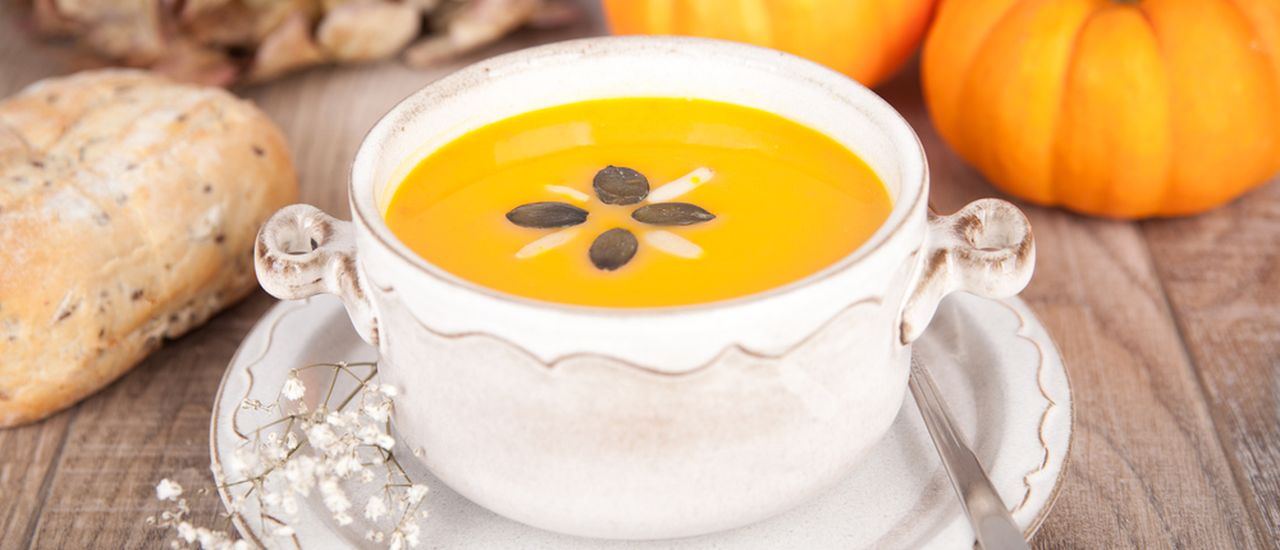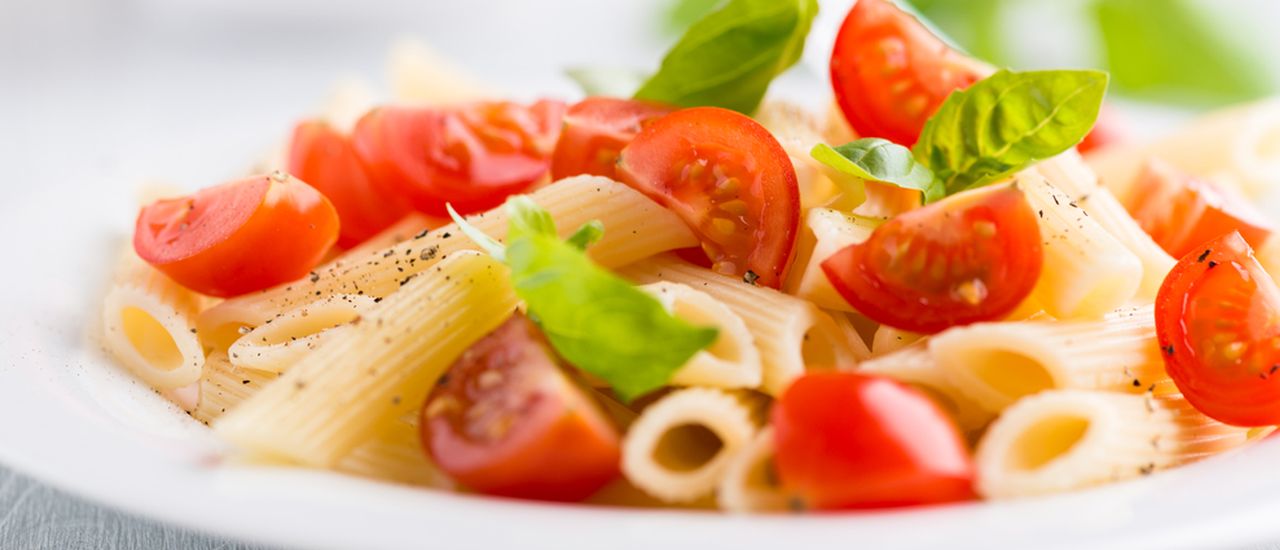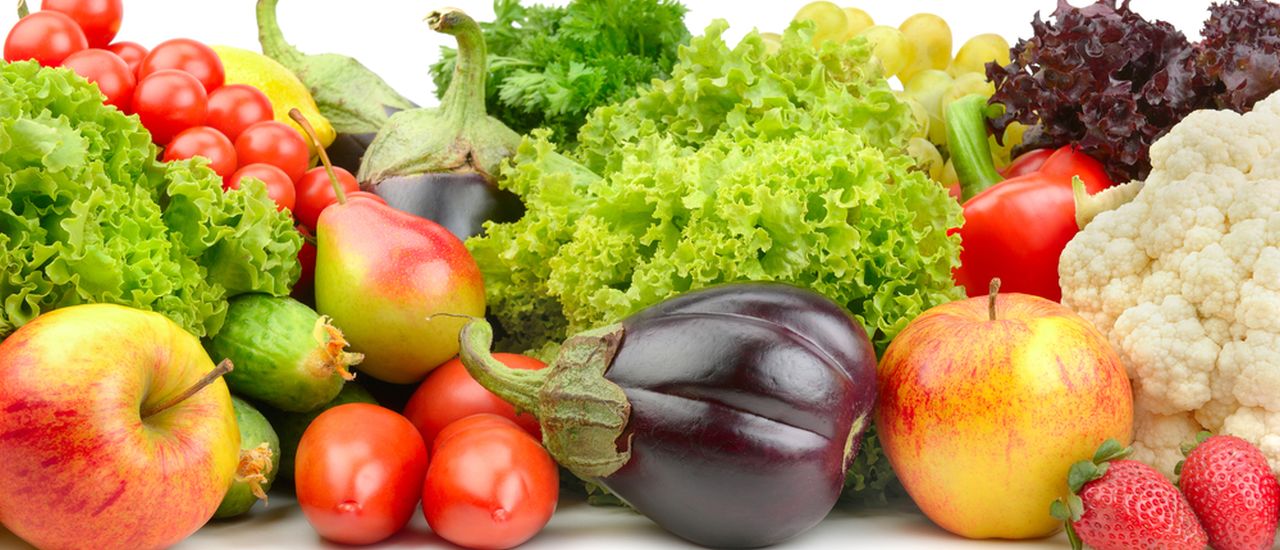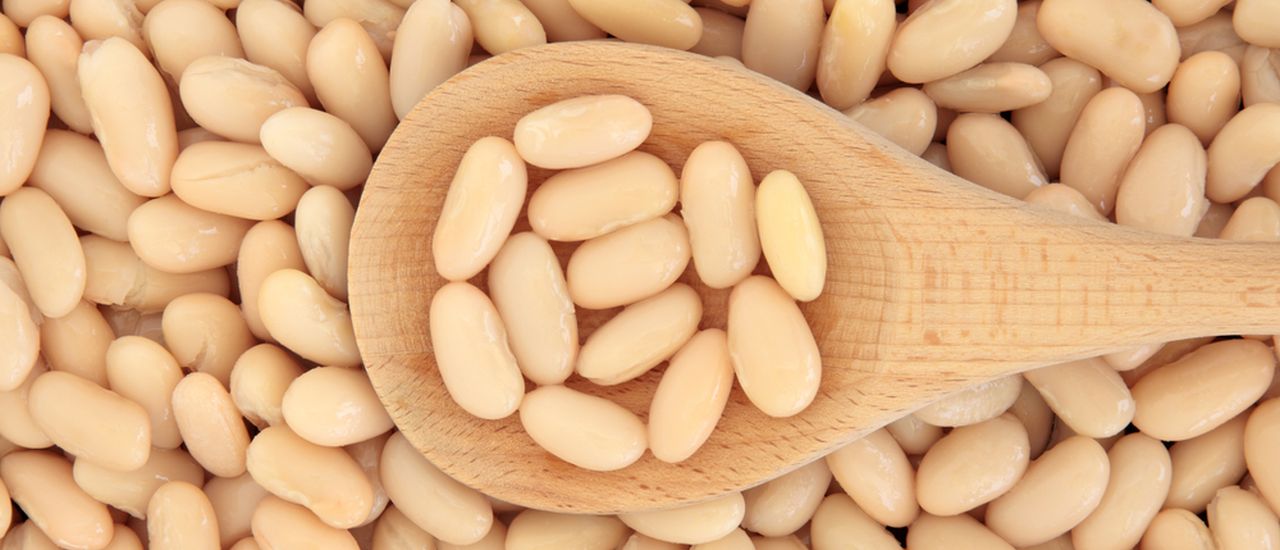Following a Low-carb High-fat (LCHF) diet in summer when you truly feel like steak and a leafy salad isn’t too hard, but winter brings on a yen for comfort foods. Don’t panic! There are plenty of warm, delicious recipes that are on-plan, like this Chicken Tikka Masala – enjoy.
Continue reading “Chicken tikka masala”
Tag: recipe
Food for breast feeding moms: Chickpea and pesto salad
When you have a new baby, spending lots of time in the kitchen is the last thing on your mind! However, while you’re breast feeding, it’s very important for you to take care of your health, and keep your strength up. When you’re breast feeding, your body provides your baby with everything it needs. And although it’s important to drink plenty of water and other sugar-free drinks while breast feeding, eating a variety of healthy foods is just as important.
If you’re looking to lose some of your pregnancy weight, then don’t start dieting as soon as your baby’s born; breastfeeding is a brilliant way to shed the extra kilograms – so you can rather focus on eating healthily during the day. Opt for plenty of fresh fruit and vegetables, and choose easy to digest proteins, and high-fibre wholegrain options.
For something that’s fresh and easy to prepare, and packed with the vitamins and nutrients you need, try this delicious chickpea and pesto salad.
Continue reading “Food for breast feeding moms: Chickpea and pesto salad”
Traditional South African recipes with less salt
On the latest episode of the Hello Doctor show we took a look at traditional South African recipes that contain less salt than usual recipes, but are still delicious!
Continue reading “Traditional South African recipes with less salt”
Kitchen nutrition: Sugar-free baking
We all love a baked treat from time to time, even though we know we really shouldn’t have them too often. This is because baking often involves using lots of sugar, which really isn’t great for our health. If you do feel like making something tasty, homemade is best. This way you can control how much salt, fat (butter) and sugar is added.
Baking with ingredients like plain yoghurt and buttermilk is a great alternative when you want to reduce sugar and fat. These ingredients also give baking, like these scones a soft texture. Adding fruit or serving baked goods with fruit is a tasty, healthier way to add sweetness. Choose low salt, low sugar and low fat options to serve with the scones. Fruit also adds vitamins, minerals and fibre, so it is more than just sweetness or empty calories. Wholegrain flours also add fibre and are less processed. So, with that in mind, check out these delicious yoghurt scones.
Stir-fried ostrich and vegetables
5-a-Day is a worldwide campaign which encourages people to include at least 5 portions of fresh fruit or vegetables in our meals every day. Including a wide variety of seasonal fruit and veggies is a good start. These foods are typically high in vitamins, minerals, antioxidants and fibre, yet low in salt and fat. It’s recommended that you eat at least half of your 5-a-day raw, but remember that the fresh and frozen fruit and vegetables you add to your meals also count.
A general portion size would be a medium fruit or half a cup of sliced fruit or veggies. Potatoes don’t count towards your 5-a-day, as they contain too much starch.
More about our healthy recipe this week:
Continue reading “Stir-fried ostrich and vegetables”
Roasted butternut and couscous salad with cumin
‘People are so worried about what they eat between Christmas and the New Year, but they really should be worried about what they eat between the New Year and Christmas.’ ~ Unknown Author
This is a delicious and healthy alternative to a heavy, creamy side dish, especially at a braai. The roasted butternut adds a sweet flavour to the couscous and the nuts add a crunch. Serve this with a green salad and your braai meat, then there’s no need for another starch.
Ingredients:
1 large onion, cut in thin wedges
500 g butternut, cut in small cubes
5 ml (1 tsp) cumin seeds
75 ml (5 tbsp) olive or avocado oil
Salt and black pepper to taste
500 ml (2 cups) whole wheat or ordinary couscous
500 ml (2 cups) boiling water
5 ml (1 tsp) dried thyme
7, 5 ml (½ tbsp) ground cumin
2, 5 ml (½ tsp) ground cinnamon
15 ml (1 tbsp) finely grated lemon rind
Lemon juice to taste
30 ml (2 tbsp) each fresh mint and coriander leaves, shredded
50 g flaked almonds, lightly toasted
Directions:
1. Preheat the oven to 200 °C and place the onion and butternut on a baking tray.
2. Sprinkle cumin seeds and drizzle about 30 ml of the oil over the veggies. Season lightly with salt and pepper.
3. Roast veggies for 30 minutes or until just cooked. Spoon out and allow to cool.
4. Meanwhile, place couscous in a shallow dish and pour boiling water over. Add herbs, spices and lemon rind and stir through. Allow to stand for 5-7 minutes.
5. Mix with a large fork to break up any lumps. Add remaining oil and lemon juice to taste and mix well.
6. Add veggies and any oil from the pan with the rest of the ingredients and gently mix without breaking up the butternut too much. Serve as a healthy side dish.
Tips
1. Roast your own almonds. Place on a baking tray and roast in the oven before roasting the veggies. Keep an eye on them as it will only take a few minutes. Alternatively, if you are not using the oven, roast almonds in a dry frying pan for a few minutes.
2. Add chickpeas and feta to the couscous for a light vegetarian meal.
(Serves 6)
Recipe by: Food Consultant, Heleen Meyer
This week’s Kitchen Nutrition was brought to you by Momentum Health.
Spaghetti bolognese
This basic mince sauce can be used in many ways and is perfect for a mid-week meal.
Low-fat cream of pumpkin soup
Pumpkin is a great food to eat more of if you’re trying to lose weight – plus it tastes and looks great no matter how you prepare it.
Continue reading “Low-fat cream of pumpkin soup”
Low-fat Italian pasta salad
It’s not pasta which is fattening, it’s the sauce you put on top that adds unnecessary calories. Here’s a low fat pasta salad recipe with a creamy Italian dressing, which can be used on other salads too! This makes a quick and delicious summer lunch dish.
Italian Pasta Salad
The super-food salad
This super salad contains four of the ten super-foods.
Beef and lentils
If you’re taking ARV medication, it can leave you feeling sick and unable to eat much. This nutritious beef broth is easy on the stomach, plus it’s packed with essential nutrients to give you energy.
Continue reading “Beef and lentils”
White bean salad
This tasty salad incorporates ingredients from a variety of food groups.

